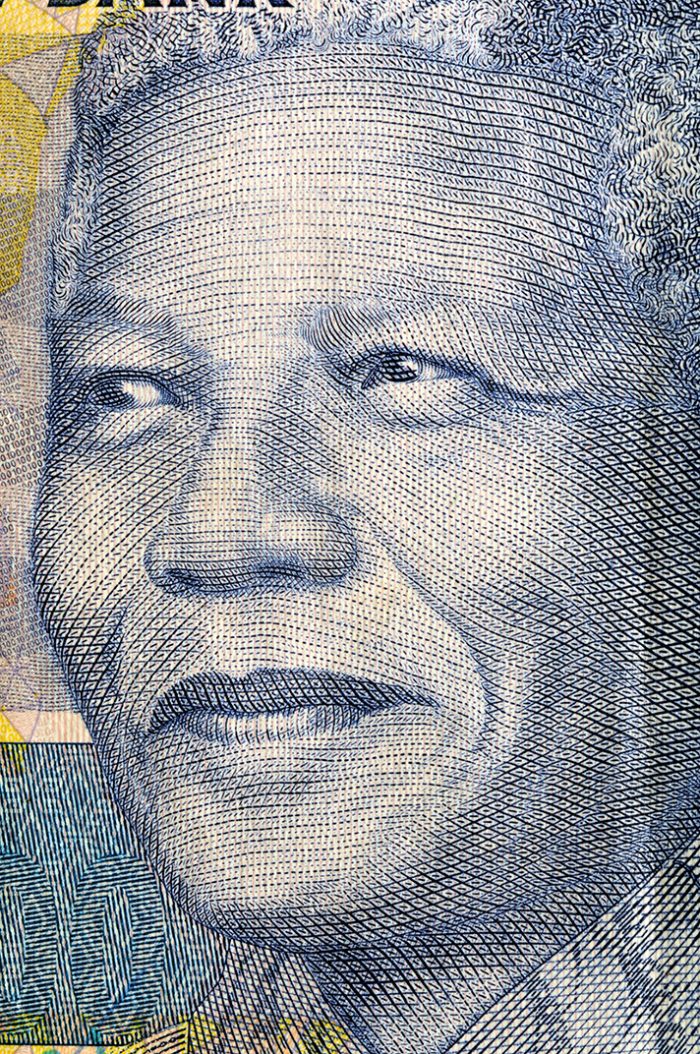Presented this summer by MOHAI Mandela: The Official Exhibition

by Leonard Garfield, Executive Director, Museum of History and Industry (MOHAI)
In December 1999, Nelson Mandela visited Seattle just days after the tumultuous World Trade Organization protests. In contrast to the unrest of the WTO meetings, Mandela’s visit brought a message of reconciliation, justice, and hope to Seattle. Over three days, Mandela engaged with civic leaders, activists, philanthropists, and students—sharing insights on South Africa’s transformation and inspiring commitments from Seattle organizations to support justice and health initiatives in Africa. That legacy continues today through groups like the Gates Foundation and VillageReach.
This summer, the Museum of History & Industry (MOHAI) honors that historic visit, and Mandela’s life and legacy, with Mandela: The Official Exhibition, a powerful, internationally touring exhibit curated by the Mandela family with additional curation by MOHAI. The exhibit is open now and runs through September 7 at MOHAI in Lake Union Park (www.mohai.org)
Mandela’s visit to Seattle was no coincidence. The city, a global hub of technology and philanthropy, also had a long history of engagement in the global anti-apartheid movement, with boycotts by the City of Seattle, King County, and the University of Washington beginning in the early 1980s. From sit-ins at the South African consulate in Madison Park to public divestment campaigns, Seattleites stood in solidarity with Mandela.
MOHAI historian Anthony Long, who helped curate the exhibit, emphasizes the grassroots nature of Seattle’s anti-apartheid movement: “This story centers on ordinary people from diverse backgrounds—racial, religious, political—who came together under shared values. Seattle stood with Mandela on his long walk to freedom.”
Visitors to the exhibit will experience a multisensory journey through Mandela’s life—from his Thembu royal roots and legal career to his decades-long fight against apartheid, with a focus on his imprisonment, presidency, and global humanitarian work. The exhibition also explores the formation of South Africa’s new government, and the efforts at reconciliation—efforts that, interestingly, benefited from the advice of Seattle scholars and legal experts.
Stephanie Johnson-Toliver, President of the Black Heritage Society of Washington State and a partner with MOHAI on the exhibit, reflects “it means so much that Seattle brought this exhibition here at this time. Some parts are incredibly emotional, but there’s also a powerful spirit of the movement. I hope visitors find their own call to action here, just as our community did decades ago.”
At its heart, the exhibit is a call to reflect on Ubuntu— “humanity to others.” In a time of rising division, Mandela’s message is more relevant than ever. His 1999 visit began with gratitude for Seattle’s activism. This exhibition brings that gratitude full circle.
To witness Mandela’s life in the exhibition is to confront the legacies of injustice still present on the world today—and to be called into action. From Thembu royalty to Robben Island to Seattle sidewalks, Mandela’s spirit endures.
As Arcade magazine recently wrote, “May this exhibition be not just a remembrance but an awakening call to continue the long walk toward freedom, not just in our minds, but with our hands and hearts, building a more just world, together.”
